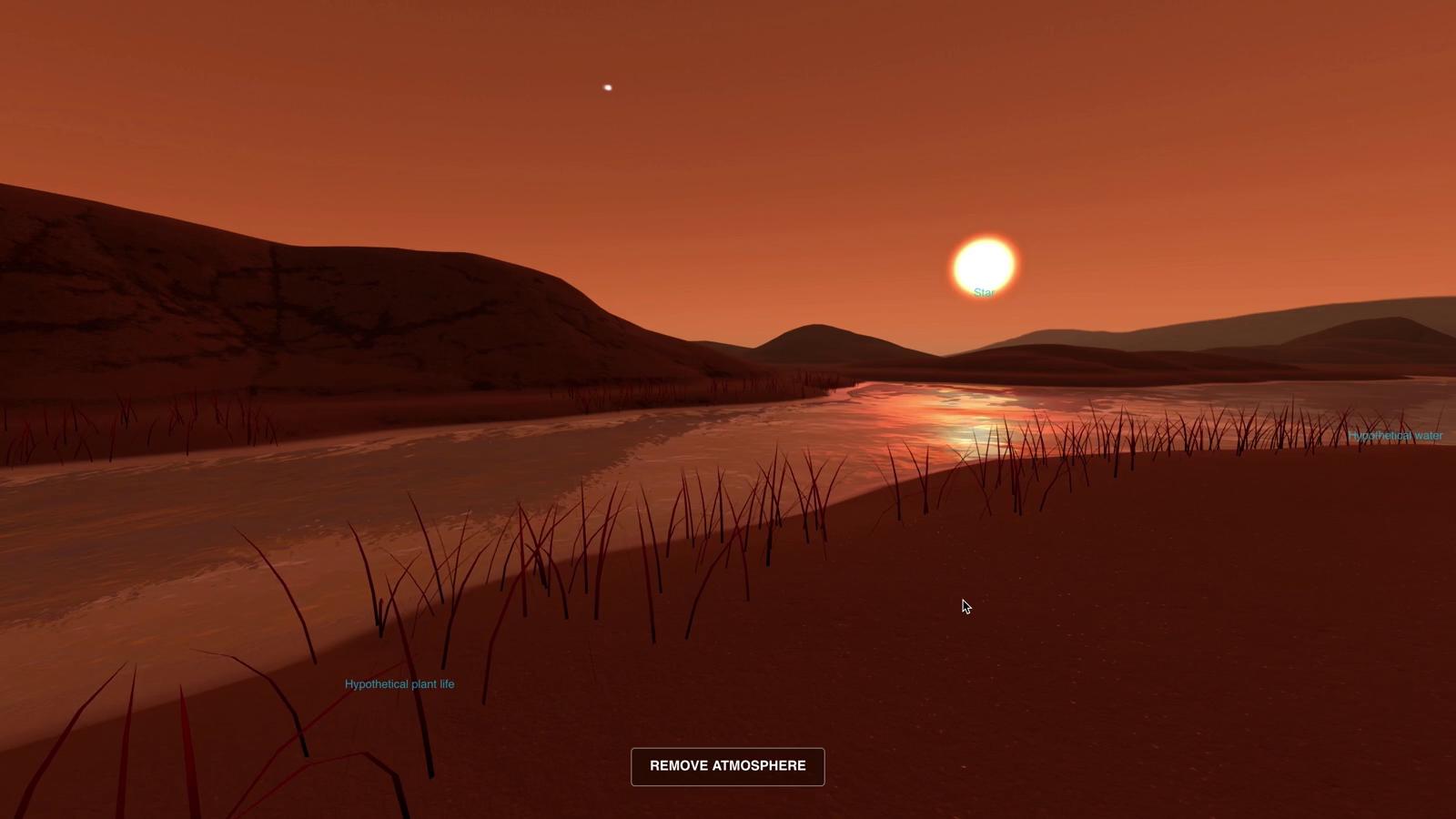NASA has developed an interactive visualization of several exoplanets

All this is just an artist's fantasy, which, however, is based on real data obtained by astronomers.
A person can fly to the stars only in the distant future, if it ever happens at all. The problem is in the development of a spacecraft with an engine capable of carrying a team to a nearby star in sane time. For this you need a special engine, the same specific fuel, life support system and much more. Technology so far simply does not allow us to travel not that to the stars, but even to the neighboring planets.
All this is purely technological limitations. Flight of fantasy is limitless. And not only ordinary people dream, but also scientists. NASA experts, for example, recently posted an interactive visualization of a distant world — the exoplanets Kepler-16b — opening up the opportunity to wander around the surface of another world.
Moreover, the agency provides an opportunity to visit other exoplanets at any time - for example, TRAPPIST-1d or Kepler-186f . The latter is an earth-like planet that revolves around a star that is much colder than the sun.
Scientists found out that there is an atmosphere on Kepler-186f, and built a specialized tool for virtual walks on the invented surface of this planet. True, the view that opens when looking at the local "sky" is quite real - the picture was built using the latest research data. If desired, the atmosphere can be removed and looked at what the sky of this world looks like if there is no gas envelope.
The vast majority of exoplanets that are posted on the NASA website were discovered using the Kepler space telescope. Open - opened, but because of their distance detailed information or at least the main characteristics for some of them could not be found out.
“Since exoplanets are several kilometers away from us, we are currently unable to assess their atmospheres — if they really exist,” says one of the team of scientists who create the visualization picture. However, using data that is inherent in some terrestrial planets, you can roughly imagine what a walk on the surface of a planet from another system looks like.
Visualization is available as from a computer, tact and from mobile devices. Best of all, of course, dress up in a virtual reality helmet and go for a walk. You can travel by Kepler 186f ; TRAPPIST-1e or PSO J318.5-22 and some other objects. On the listed planets "nightlife never stops." By the way, the last planet does not turn around the star, but just drifts in outer space.
The satellites of distant stars are of interest to scientists, because with their help it is possible to clarify the evolution of the Universe and reveal the structure of many star systems. Astronomers help the scientific community study the history and characteristics of a wide variety of stellar and planetary systems. For this purpose, telescopes are used, both terrestrial and orbital.
By the way, the service from NASA received the name Exoplanet Travel Bureau. Over time, its creators will add new objects for virtual space tourists. Those planets that have already been added will be updated as new data are received from orbital and ground-based telescopes. In principle, the idea is excellent - after all, when will there still be an opportunity to walk on another planet?
By the way, corporations are also contributing to science, who are also concerned about the study of deep space. In early March of this year, the developers of Google Corporation posted on GitHub the source code of the program for processing data from Kepler. Programs that are developed by experts, provide an assistant search for exoplanets. Neural networks, which are trained by Google, help to search for planets of other star systems that are distant from us and give predictions on their various characteristics.
Google is hoping that other researchers will be able to develop similar neural networks and learning algorithms for processing from other space missions, including K2 (Kepler’s second mission) and Transiting Exoplanet Survey Satellite .
All Articles